INTERVIEW: New York legend Jay Maisel dishes on 190 Bowery and his new photo archive
Hear from Jay and get an inside look at his life and work
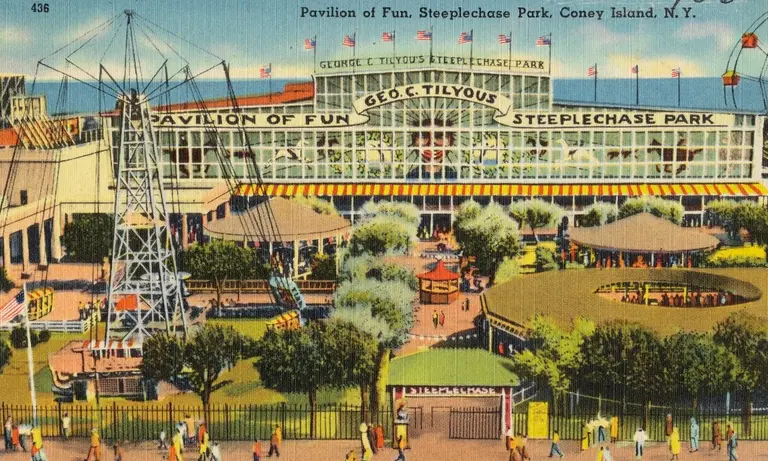
Steeplechase Park circa 1930-45, via Digital Commonwealth
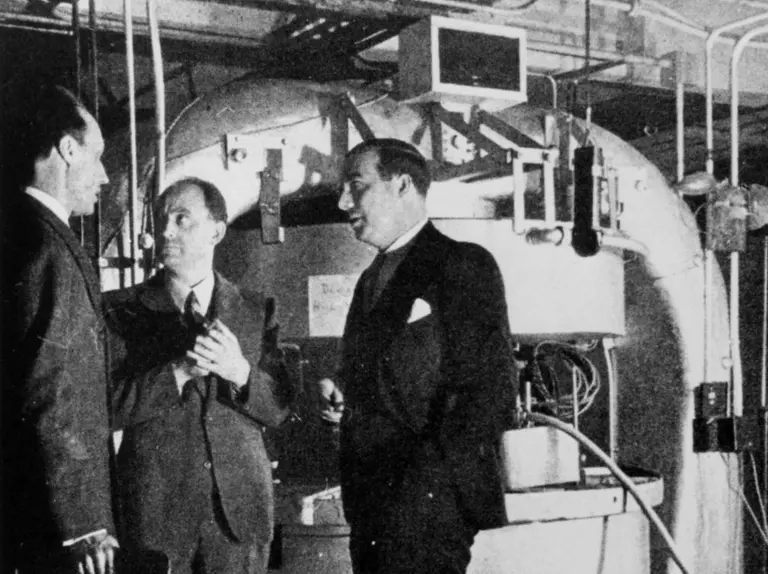
A 1939 photo of an atom-smasher (cyclotron) at Columbia University. Via Wiki Commons.
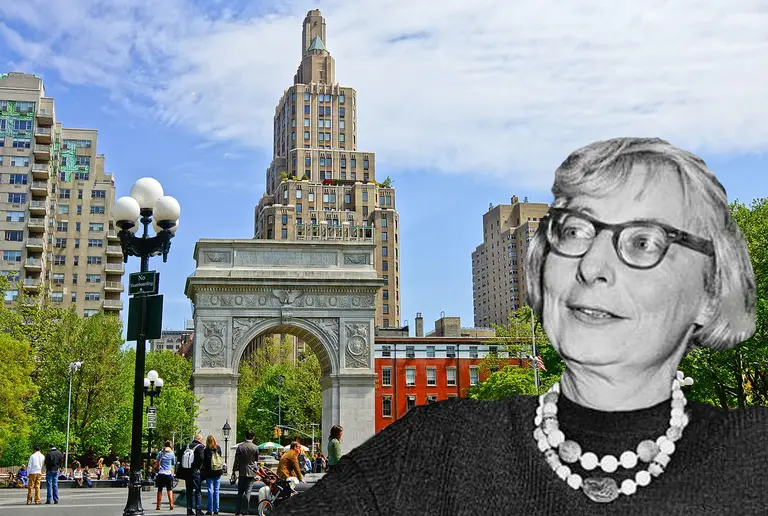
Washington Square Park via Wiki Commons; Jane Jacobs via Wiki Commons
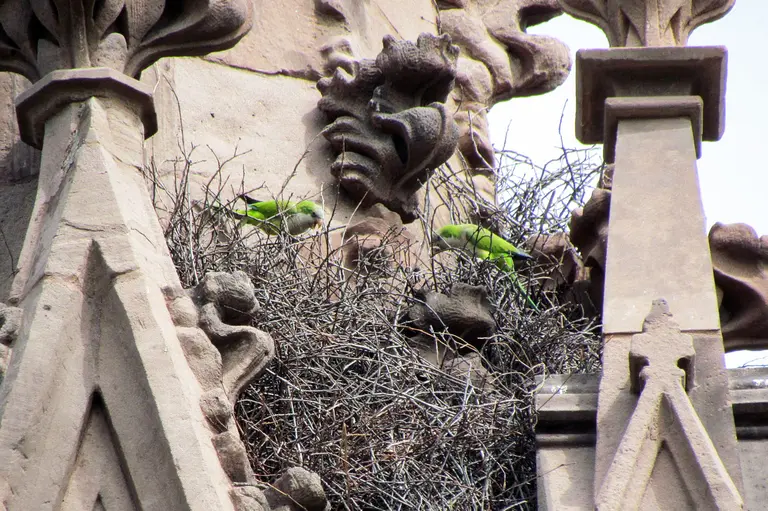
Photo via Wiki Commons
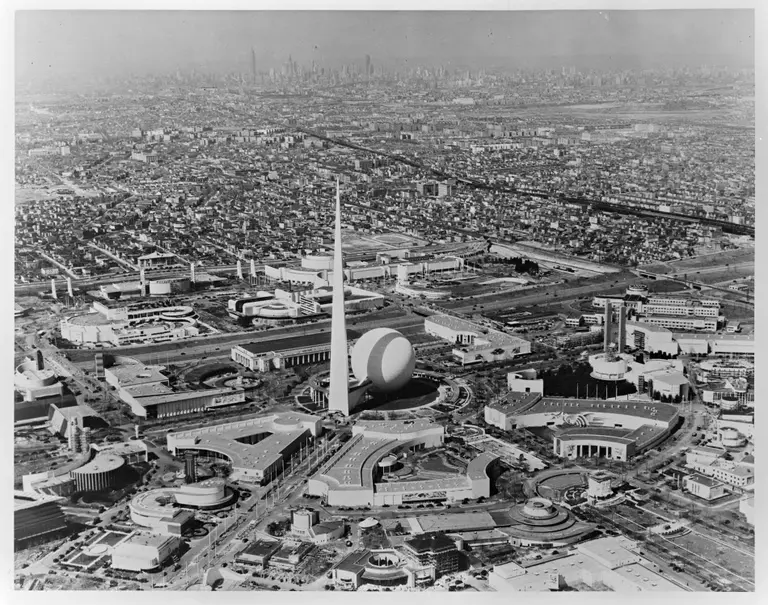
Aerial view of the 1939-1940 New York World’s Fair; via NYPL
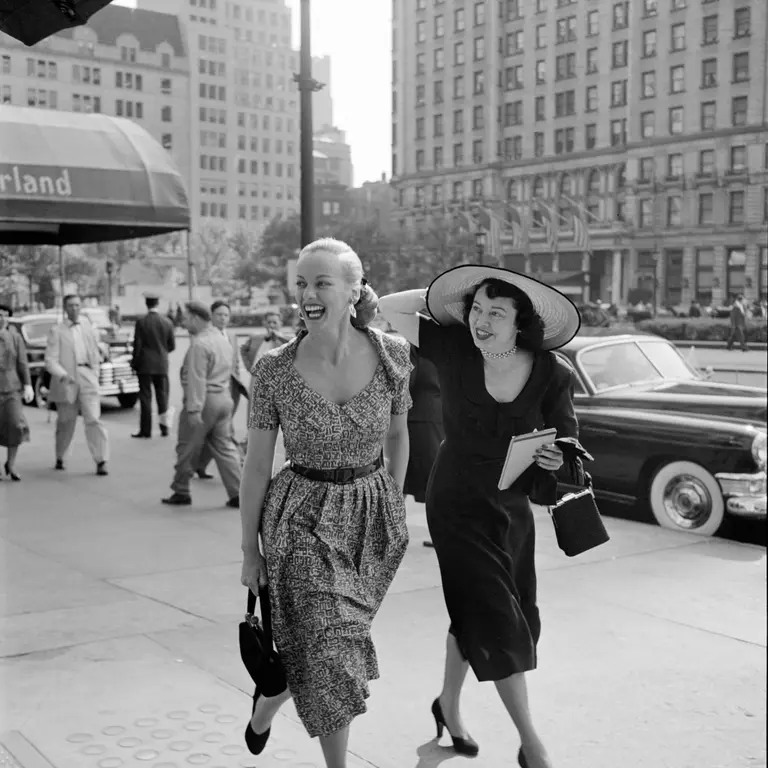
Stanley Kubrick, from “Faye Emerson: Young Lady in a Hurry,” 1950. © Museum of the City of New York/SK Film Archive, LLC
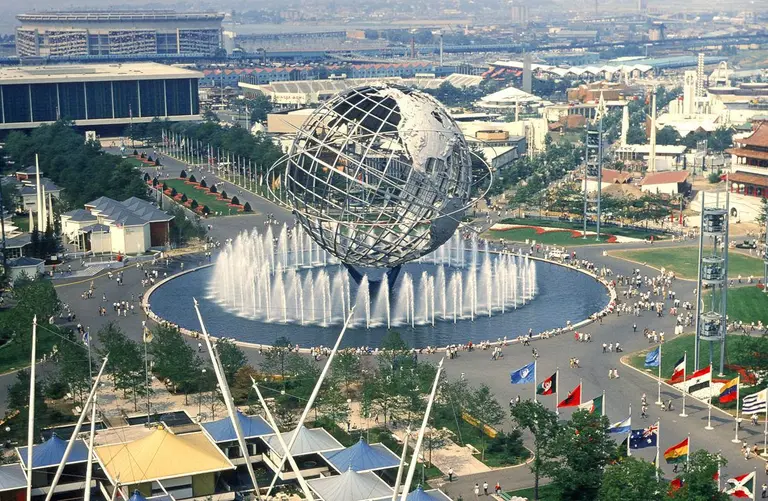
Photo via Wikimedia
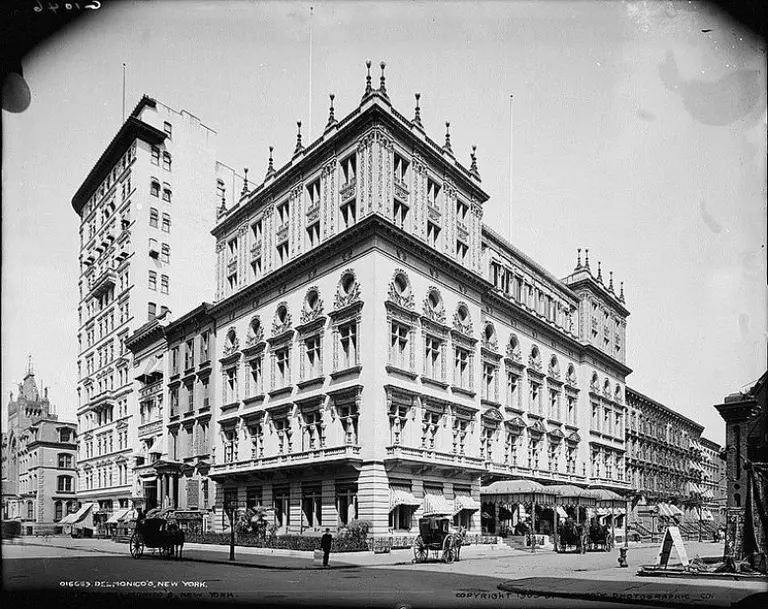
Photo of Delmonico’s in 1903; photo via Wikimedia
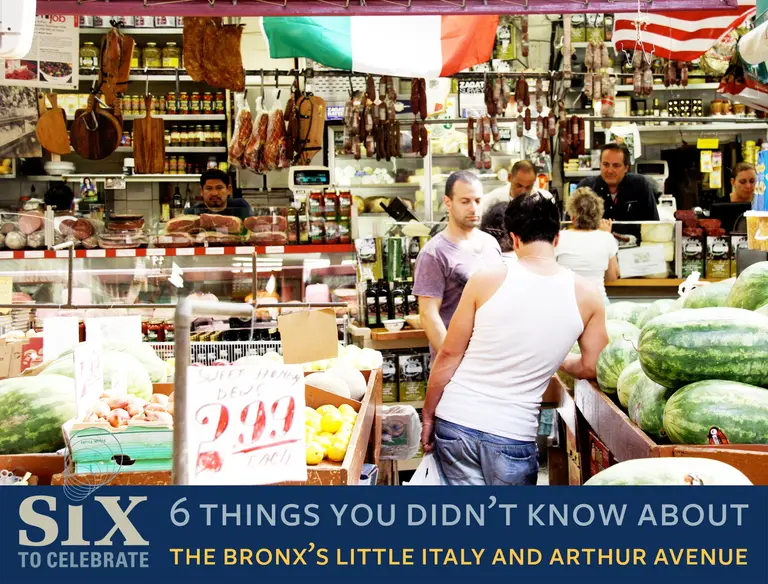
Photo by Chris Goldberg/Flickr
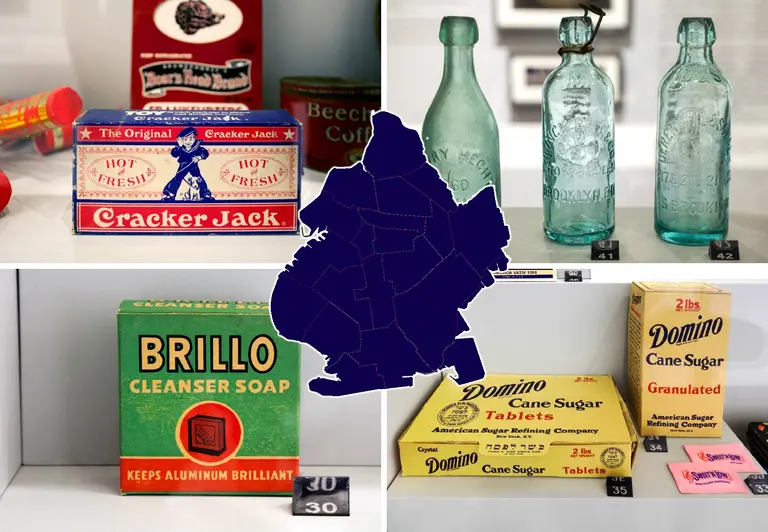
Photos © James and Karla Murray
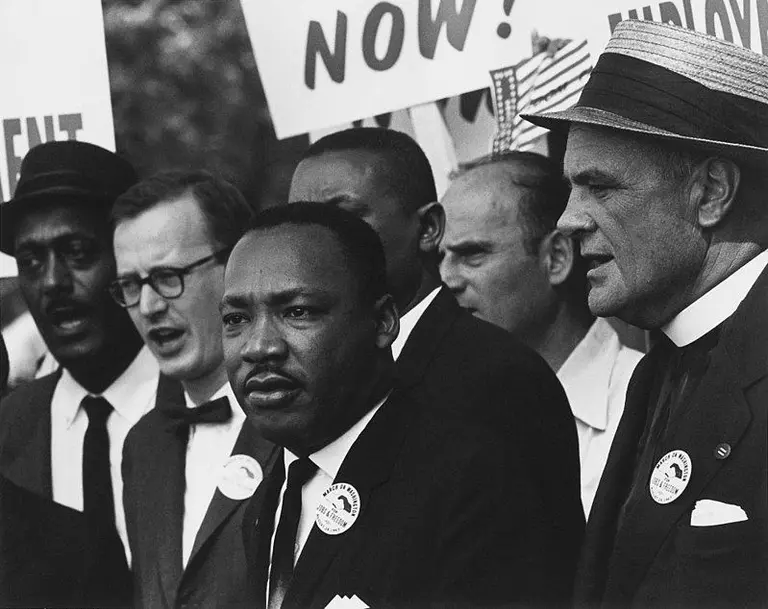
Martin Luther King Jr. at the 1963 Civil Rights March on Washington, D.C. via Wiki Commons
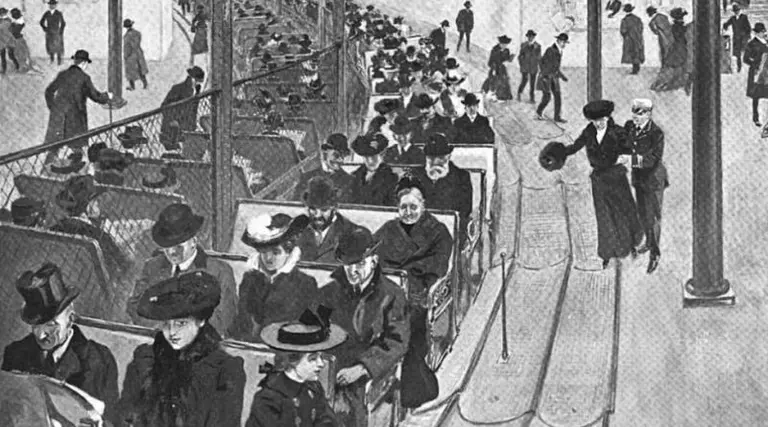
Photos courtesy the New York Public Library’s Digital Gallery
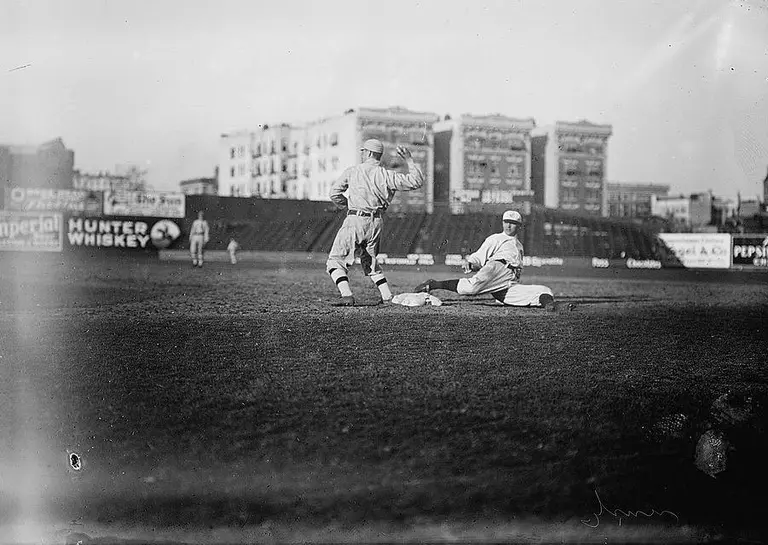
The Highlanders play a game at Hilltop Park in 1912, photo via The Library of Congress
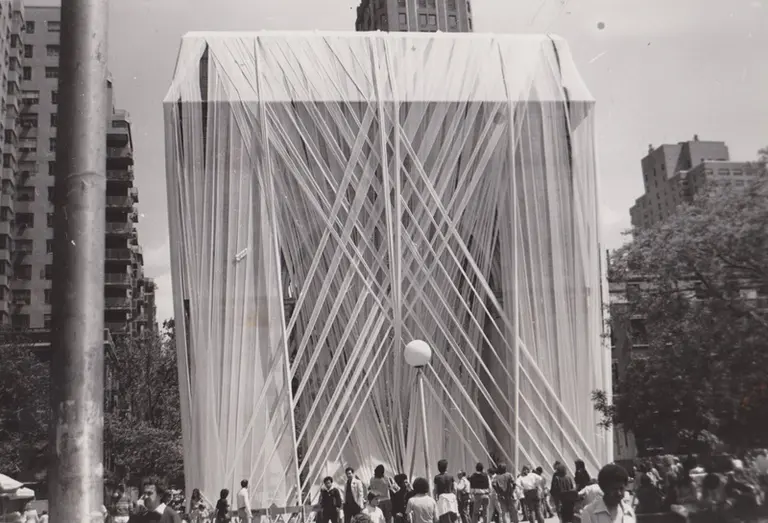
Washington Square Arch wrapped by artist Francis Hines, 1980 © Greenwich Village Society for Historic Preservation/Carole Teller
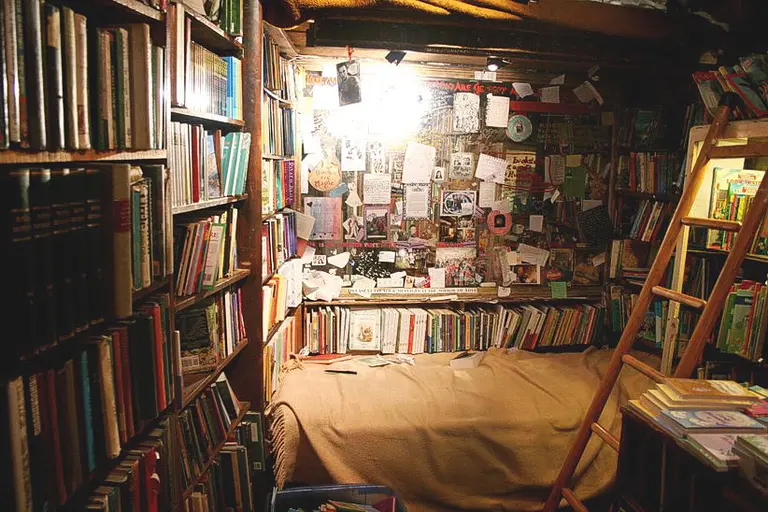
Image by Glynnis Ritchie via flickr